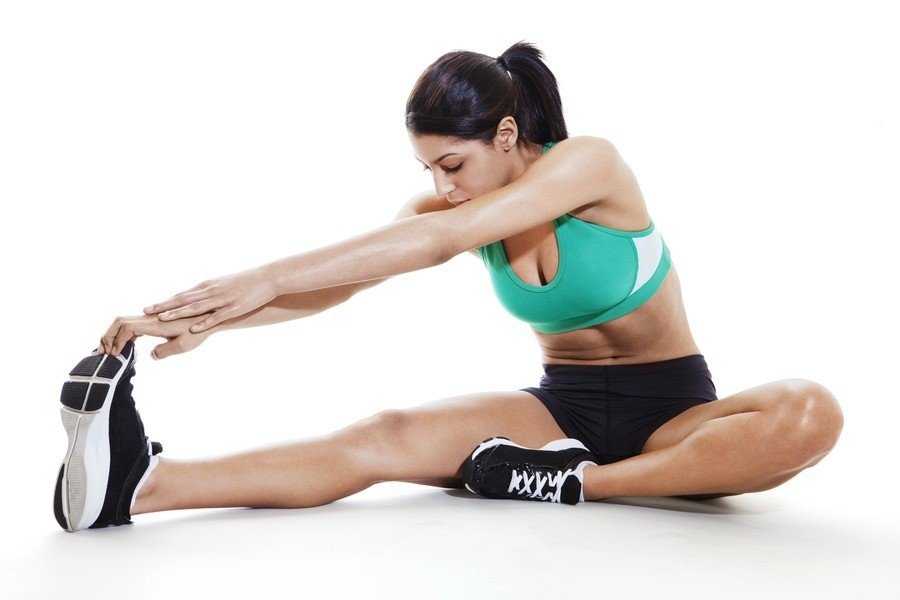BY MELISSA GOODMAN
You have probably heard that low back pain might be linked to tight hamstrings. So you decided to stretch your hamstrings more or find a class that focuses on hamstring release. This is wonderful, you have found a way to create more space in the hamstring and in turn more space in the low back. But is folding forward such a good idea? Actually it depends.
The mechanics of the body is a whole, it is difficult to look at one area without looking at the surrounding areas and the interaction between them. There is a correct way of folding forward to keep the spine safe. If you repeatedly fold forward with tight hamstrings, without certain precautions, you can cause more harm than good. By looking at the hamstrings and the interaction they have with the pelvis we can gain a deeper understanding.
The hamstrings originate from the bottom of the pelvis (the sitting bones) and extend about two-thirds of the way down the back of the legs, at which point they connect to the tendons that cross at the back of the knee. There are three muscles that make up the hamstrings, allowing us to bend the knees. The hamstrings also play into hip rotation and hip extension.
The basics of a forward fold is to have the legs straight and hinge from the pelvis however, this is not always accessible especially if there is a lot of tension. The body will look for ways to compensate, either bending the knees or pulling the pelvis backwards causing the low back to round. When the natural curve is removed from the spine it causes compression to the internal organs, the lungs, heart and digestive organs are pressed back, pulling on the back muscles and spinal ligaments causing them to overstretch. If repeated frequently this constant strain on the spinal ligaments may transfer into the spinal discs causing the disc to push backwards with the potential of a herniated or bulging disc.
Props make a huge difference in safely opening the hamstrings. If standing start by drawing the knee caps up, this engages the quadriceps (the front of the thighs). The quadriceps work with the hamstrings, when one is active the other releases to allow for movement, so by drawing up on the knees you engage the quads and allow the hamstrings to release. Keeping the legs engaged begin to fold forward, you may use a yoga block or the wall to assist, stopping your forward fold when you can no longer keep the back straight.
If sitting have the legs extended out straight, you can always sit with your back against a wall or have your sit bones on the edge of a firm blanket or cushion to help hinge the pelvis forward. If you are sitting back in the pelvis, work on opening the hamstrings before incorporating seated forward folds.
If laying on your back, use a strap around the foot and extend the leg straight up, this allows for the hamstrings to open while protecting the back.
Be patient, it takes time and you cannot rush the hamstrings to release. Longer held poses will assist in unwinding the hamstrings and the low back.

